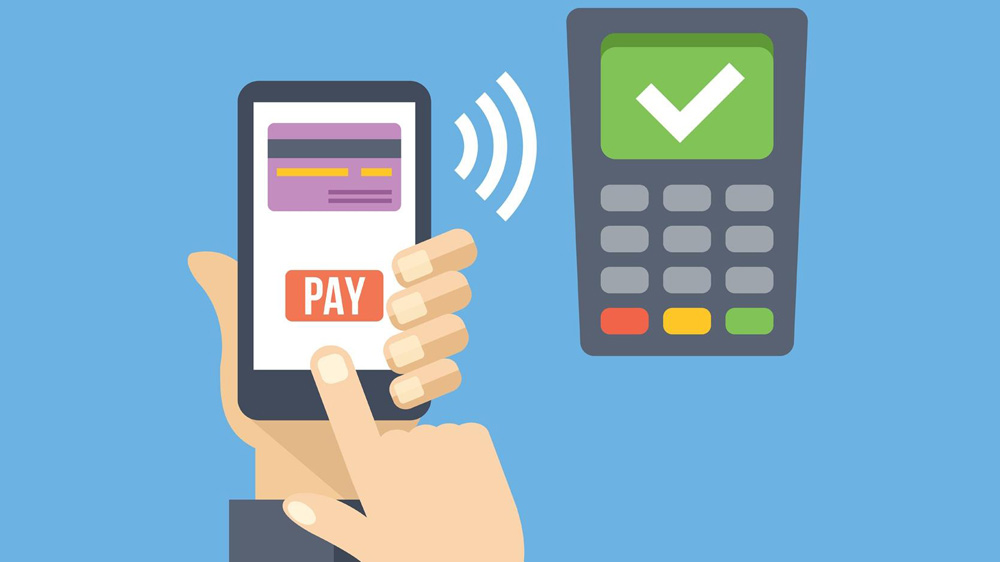The need to accelerate the digital payment ecosystem in Pakistan

Digital payments have transformed the way businesses receive payments and also the way consumers make payments. Be it online money transfer, paying utility bills, or having a personal mobile wallet to save money, digital payment gateways have the potential to usher the country into an era of efficient cashless economy.
Although the advantages of digital payments are widespread, Pakistan has remained slow in adopting this new technological intervention. The need to accelerate the digital payment ecosystem in Pakistan.
Since 30 % of Pakistan’s population remains uneducated, and 63% reside in rural areas, the adoption of digital platforms is slower compared to other developed economies
Since 30 % of Pakistan’s population remains uneducated, and 63% reside in rural areas, the adoption of digital platforms is slower compared to other developed economies. Another biggest hurdle in the adoption of digital payments has remained the gender and area gap in mobile phone ownership. Only 75% of the population in Pakistan owns a mobile phone. It means 25% of the population cannot even access these digital payment platforms for not having gadgets. Moreover, people who have mobile phones and internet facilities are not comfortable with the adoption of digital wallets as they believe cash is a more reliable way to spend money.
The need to accelerate the digital payment ecosystem in Pakistan
Moreover, with the global health pandemic striking in, countries worldwide, including Pakistan, have witnessed a sudden shift towards digital payments. The main reason behind it was the fear of contracting the coronavirus by using cash payments. Another reason was avoiding going out of homes to carry on regular chores. People started doing online shopping because all major retail and e-commerce outlets also reported a significant rise from March 2020 onwards.
The government is trying its level best to accelerate the digital payments ecosystem in Pakistan. In its annual budget, the Punjab government announced a reduced GST on payments made via digital platforms. Now only 5% GST will be charged on payments made from credit and debit cards at restaurants across the province, whereas on cash transactions, GST remains 16%.
An average Pakistani citizen performs just one digital transaction each year. Let’s accept that digital payments are the best way to document Pakistan’s undocumented economy. During the COVID-19 pandemic, the importance of mobile wallets has emerged as even more reliable. We, as a nation, have finally realized how much it is essential to have such virtual ways of sending and receiving money when we couldn’t go out due to the lockdown imposed by the government. The coronavirus crisis impacted SMEs in the worst way as they were not ready to welcome the new normal virtual way of working. In such circumstances, many SMEs have to opt for loans from banks, but since most of them were undocumented, banks couldn’t help them even after the State Bank of Pakistan gave relief to SMEs when it comes to gathering loans from Banks.
By using Digital Payment platforms, such small businesses could come under the formal economy and formally documented. In its annual budget, the Punjab government announced a reduced GST on payments made via digital platforms. Now only 5% GST will be charged on payments made from credit and debit cards at restaurants across the province.
The government of Pakistan has recently launched the Digital Pakistan Initiative to digitize the core functions of the government to establish a stabilized national economy. Under the digital Pakistan initiative, the government seeks to provide access, connectivity, digital infrastructure implementations, digital skills, e-government, and literacy. Digital payments – more than just a trend.
To reduce the need to visit bank branches or ATMs and promote the use of Digital Payment Services, SBP has waived all charges to fund transfers through online banking channels. The financial industry is also instructed to facilitate education fees and loan repayments through internet banking or mobile devices.
To reduce the need to visit bank branches or ATMs and promote the use of Digital Payment Services, SBP has waived all charges to fund transfers through online banking channels
Other than that, the State Bank of Pakistan has also launched its national payment systems strategy, introducing a new digital-focused framework to encourage non-cash channels for payments in Pakistan.
The State Bank of Pakistan has also launched its national payment systems strategy, introducing a new digital-focused framework to encourage non-cash channels for payments in Pakistan
However, this is high time government and financial institutions collectively work on a more robust policy response that not only helps people during the COVID-19 crises but also greases the wheels of the country to increase digital payments, which will contribute to the economic welfare. Currently, only 21% of the total population has bank accounts in Pakistan. By shifting to these digital payment platforms, it will be easier for the government to document the economy.
Moreover, the digital payment platforms should be made more userfriendly so that most of Pakistan’s population would be able to use it. An awareness campaign should be run on different social media platforms and TV channels, revealing the ease these platforms have provided to the common man. Through these measures, one can change people’s mindset who do not want to rely on such payment platforms.
According to McKinsey Consulting, Pakistan’s digital financial market potential is $36 billion. Increasing the use of digital payments can increase the GDP of Pakistan by 7%, resulting in four million new jobs in the process and bringing more than $250 billion worth of deposits into circulation. There is a dire need to rethink on the policy to increase digital payments. Though the government has taken tremendous steps in the past and during COVID19, we need a more aggressive approach like many other developing countries.
According to McKinsey Consulting, Pakistan’s digital financial market potential is $36 billion. Increasing the use of digital payments can increase the GDP of Pakistan by 7%, resulting in four million new jobs in the process and bringing more than $250 billion worth of deposits into circulation.
Around the world, COVID-19 has proven to be an accelerator to boost digital solutions, especially in the payments arena. It is the best time to ensure that millions without access to formal banking are enabled via digital payment solutions. Without the state’s intervention, the unbanked population will miss out on the crucial opportunity and miss the benefits of those who are part of the formal financial sector.
Also Read: EOBI launches digital payment for its registered employers
PTA Taxes Portal
Find PTA Taxes on All Phones on a Single Page using the PhoneWorld PTA Taxes Portal
Explore NowFollow us on Google News!





